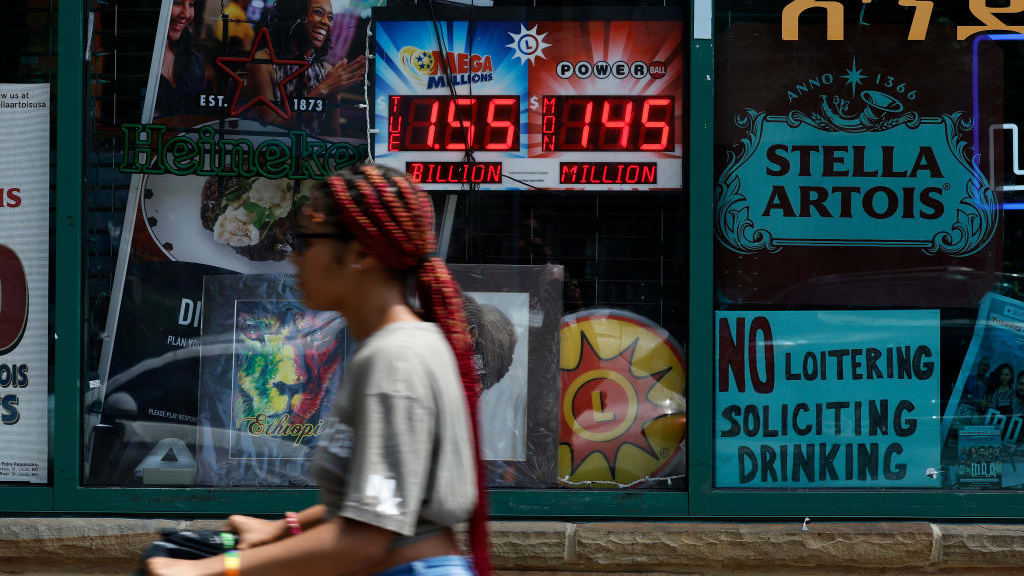Eric Garner and the limits of police body cameras


In the wake of several high-profile cases in which police killed unarmed civilians, equipping officers with wearable cameras has emerged as a popular solution for reining in abuse and boosting accountability. Notably, President Obama wants to spend $253 million to outfit the nation's police with 50,000 more of the devices.
Yet as the non-indictment in the Eric Garner chokehold case shows, body cams are hardly a panacea for the problem. There is video evidence of NYPD officer Daniel Pantaleo placing Garner in a chokehold, and Garner gasping, saying, "I can't breathe" before collapsing. An autopsy confirmed Brown died of "compression of the neck," and his death was ruled a homicide.
There are numerous other cases where video evidence of police misconduct did not result in consequences. Most recently, Ohio police avoided charges after killing a man holding a toy gun in a Walmart, despite the presence of security camera footage.
The Week
Escape your echo chamber. Get the facts behind the news, plus analysis from multiple perspectives.

Sign up for The Week's Free Newsletters
From our morning news briefing to a weekly Good News Newsletter, get the best of The Week delivered directly to your inbox.
From our morning news briefing to a weekly Good News Newsletter, get the best of The Week delivered directly to your inbox.
Police are rarely charged with fatal shootings. And even when they are, juries tend to give them broad leeway for on-duty killings; the rate of felony conviction for officers is roughly half that of the general population.
Recording devices can't do much when police tamper with them either, as many Los Angeles Police Department cops did to the audio equipment on their cruisers. And even when footage exists, police can fight to keep it under wraps by claiming it's not public.
That said, there are clear benefits to issuing more cameras to cops. In the most widely cited case study, Rialto, California, saw an 88 percent drop in complaints against officers one year after deploying body cameras. Police behavior improved, too, with the use of force dropping by 60 percent.
So body cameras can be effective tools for curtailing police misconduct or, failing that, at least for documenting when it occurs. But they alone are not a surefire guarantee of justice in prosecuting that misconduct.
A free daily email with the biggest news stories of the day – and the best features from TheWeek.com
Jon Terbush is an associate editor at TheWeek.com covering politics, sports, and other things he finds interesting. He has previously written for Talking Points Memo, Raw Story, and Business Insider.
-
 Film reviews: ‘Marty Supreme’ and ‘Is This Thing On?’
Film reviews: ‘Marty Supreme’ and ‘Is This Thing On?’Feature A born grifter chases his table tennis dreams and a dad turns to stand-up to fight off heartbreak
-
 Political cartoons for December 14
Political cartoons for December 14Cartoons Sunday's political cartoons include a new White House flag, Venezuela negotiations, and more
-
 Heavenly spectacle in the wilds of Canada
Heavenly spectacle in the wilds of CanadaThe Week Recommends ‘Mind-bending’ outpost for spotting animals – and the northern lights
-
 Nobody seems surprised Wagner's Prigozhin died under suspicious circumstances
Nobody seems surprised Wagner's Prigozhin died under suspicious circumstancesSpeed Read
-
 Western mountain climbers allegedly left Pakistani porter to die on K2
Western mountain climbers allegedly left Pakistani porter to die on K2Speed Read
-
 'Circular saw blades' divide controversial Rio Grande buoys installed by Texas governor
'Circular saw blades' divide controversial Rio Grande buoys installed by Texas governorSpeed Read
-
 Los Angeles city workers stage 1-day walkout over labor conditions
Los Angeles city workers stage 1-day walkout over labor conditionsSpeed Read
-
 Mega Millions jackpot climbs to an estimated $1.55 billion
Mega Millions jackpot climbs to an estimated $1.55 billionSpeed Read
-
 Bangladesh dealing with worst dengue fever outbreak on record
Bangladesh dealing with worst dengue fever outbreak on recordSpeed Read
-
 Glacial outburst flooding in Juneau destroys homes
Glacial outburst flooding in Juneau destroys homesSpeed Read
-
 Scotland seeking 'monster hunters' to search for fabled Loch Ness creature
Scotland seeking 'monster hunters' to search for fabled Loch Ness creatureSpeed Read
